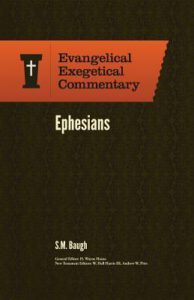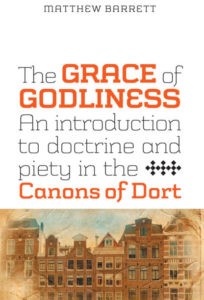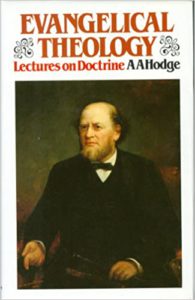 Calvin, not being a universalist, could be said to be committed to definite atonement, even though he does not commit himself to definite atonement. And, it could be added, there is a sound reason for this.
Calvin, not being a universalist, could be said to be committed to definite atonement, even though he does not commit himself to definite atonement. And, it could be added, there is a sound reason for this.
——————
R. T. Kendall argues in his provocative book, Calvin and English Calvinism to 1649 (Oxford UP, 1979), that the doctrine of salvation taught by the Puritans is cold, legalistic and introspective, in contrast to John Calvin’s warm and spiritually vibrant doctrine of salvation. In this regard, the Puritans who promoted a distorted form of Calvinism were influenced by Theodore Beza who succeeded Calvin in Geneva.
Kendall highlights two problems with Beza and his Puritan followers: First, Beza and his followers taught a novel doctrine of limited atonement, that is, the idea that Christ did not die for everyone in the world, but only for the elect. Kendall claims that this is a radical departure from Calvin who taught that Christ died for all but that he intercedes only for the elect. Second, Beza and the Puritans reduced the act of faith to an act of the will which contradicts Calvin’s view of faith as a persuasion of the mind. Kendall argues that the doctrine of limited atonement inevitably results in legalism and loss of assurance of salvation. Kendall presses his claim by arguing that assurance of salvation is possible only if it is grounded in Christ’s universal atonement. Continue reading “Calvin and Calvinists on the Extent of Christ’s Atonement”

 Salvation is Solely the Work of God
Salvation is Solely the Work of God




